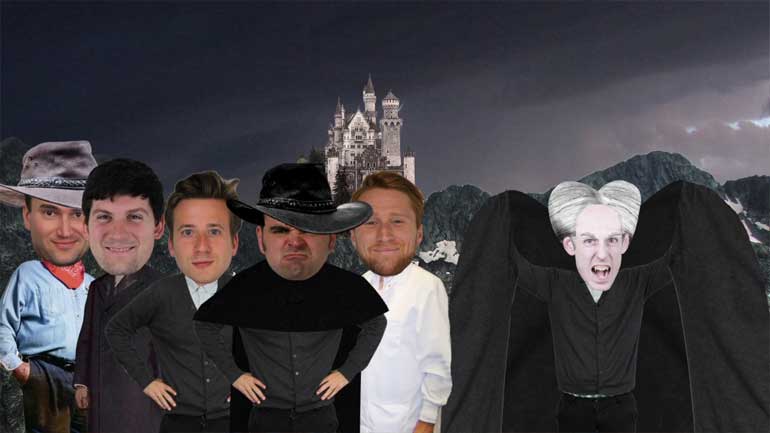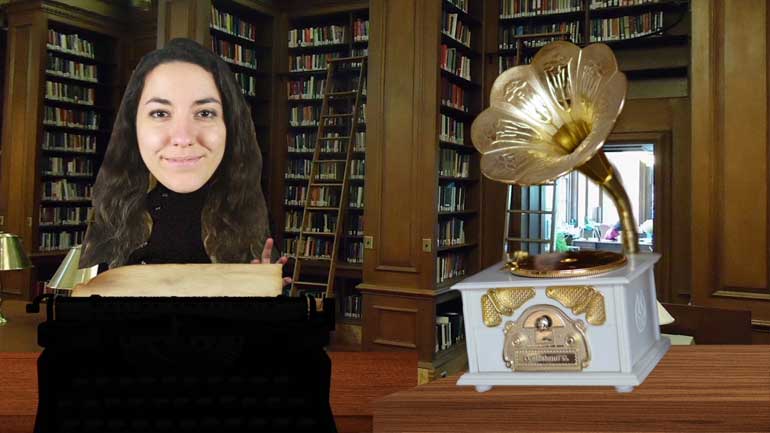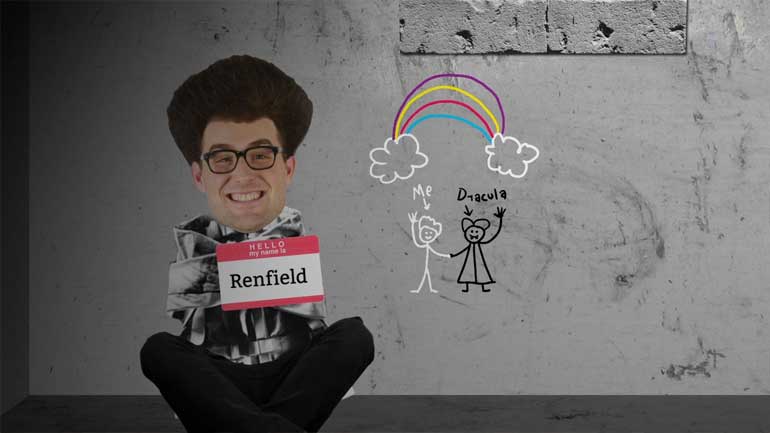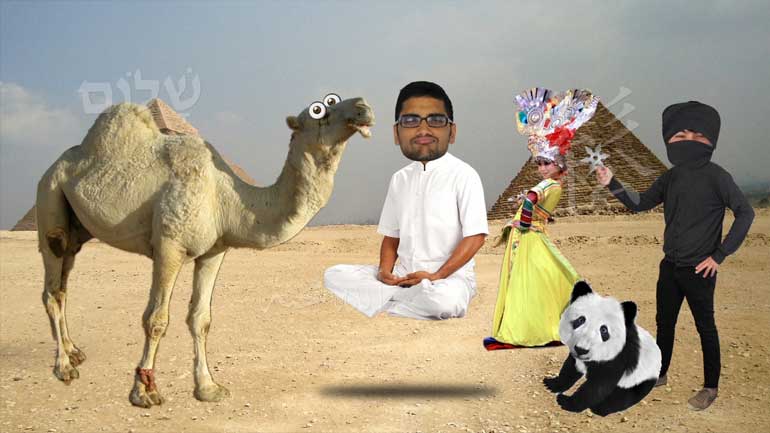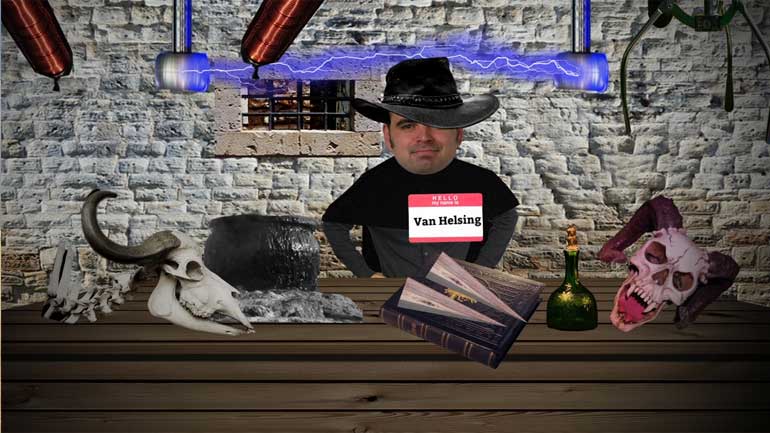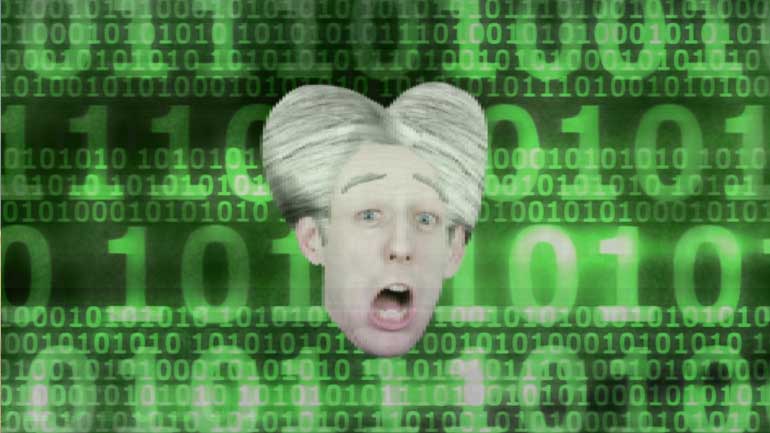ShmoopTube
Where Monty Python meets your 10th grade teacher.
Search Thousands of Shmoop Videos
Dracula Videos
Play All
Vlad the Impaler was an appropriately named guy, until he went on tropical vacations. Then, he went by Vlad the Imtanner. For some facts that are a...
Readers may be already be familiar with Dracula, but what about the mathematician and author, Bram Stoker? And yes, he graduated with a degree in m...
Looks, wealth, and a super cool castle to live in… Well...maybe not live in, if you happened to be Dracula. But for the most part, this guy had...
Dracula, Dorian Gray, and Bertha Mason are the cool kids on the block when it comes to Gothic literature. We’re in full favor of them starting a...
Dracula knows how to charm a lady. Maybe it’s his charisma, maybe it’s his looks, maybe it’s his...hypnotism? Yeah, it’s probably the hypno...
Mina must be a wonderful scrapbooker if she was able to put Dracula together using nothing more than letters, journals entries, and newspaper artic...
Jonathan and Mina Harker are the ultimate storytelling couple, and you know what they say: the couple that tells stories together, stays together....
Lucy could easily be on the Bachelorette. Y’know...if the Bachelorette started accepting bloodthirsty undead women. Click on the video to find ou...
Jonathan Harker’s trip from London to Transylvania probably would’ve been much better had his wifi connection been working. What’s a guy to d...
Boys will be boys...unless they’re too busy being vampires. Check out this video to learn more about the male characters in Dracula.
If phonographs could stump Dracula, one can only wonder what an iPhone would do to him. Or one could watch this video. It’s a lot faster than all...
Oh, Renfield. Such a sweet, gentle lunatic who just wants to be loved and...eat flies...
Dracula loves his arts and crafts. Why, just the other day, he made a doll out of popsicle sticks and...wait, what? Crafty as in clever? Oh. Guess...
How do you kill a vampire? Give him an iPhone. No, really, there’s probably an app for that. Or just check out this video.
Imagine if Dracula was full of tweets and hashtags. #Dracula #Wokeuplikethis #Darnityoucannotseeme #wishIhadareflection #eyebrowsonfleek #trustme
For someone who doesn’t like the idea of the New Woman, Mina sure acts like one. But we heard that she didn’t like the idea of air hockey, eith...









